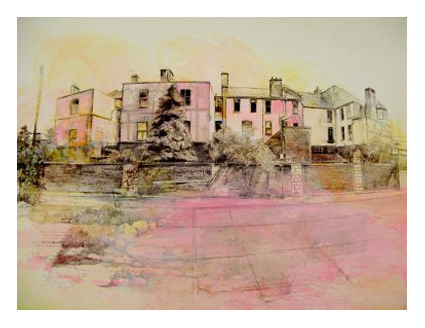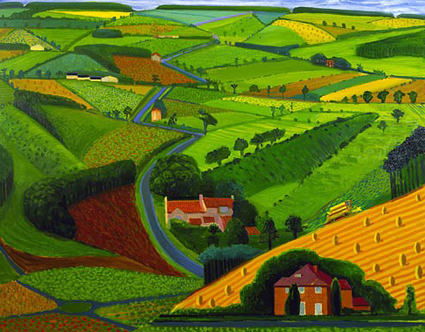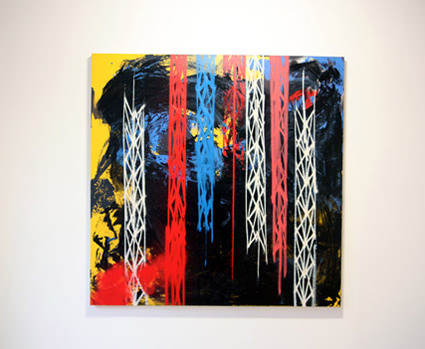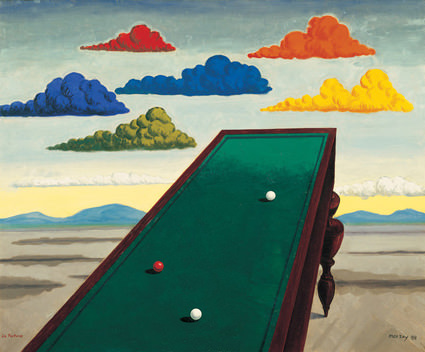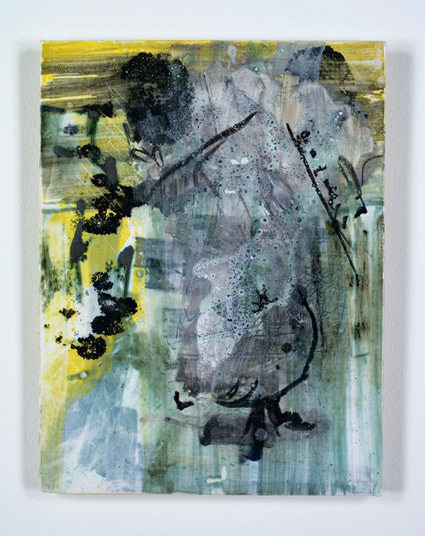THERE IS A PLACE….
2012-01-23There is a Place…brings together a group of artists who explore our psychic connectivity to landscape. The drawings, paintings and prints within the exhibition reveal ‘a sense of place’ as seemingly generic urban and suburban views evoke personal and collective memories. The reverie of teenage hideouts, suburban housing estates and motorway junctions, each depicted in painstaking detail, are at once familiar yet unnerving for all.
The artists in this exhibition capture the most overlooked and peripheral spaces of our towns and cities, those unremarkable and unclaimed spaces that we each make our own.
Opposite – Leytonstone, Laura Oldfield Ford, 2011
Exhibition runs through to April 14th, 2012
The New Art Gallery Walsall
Gallery Square
Walsall
West Midlands
WS2 8LG
www.thenewartgallerywalsall.org.uk
Tweet